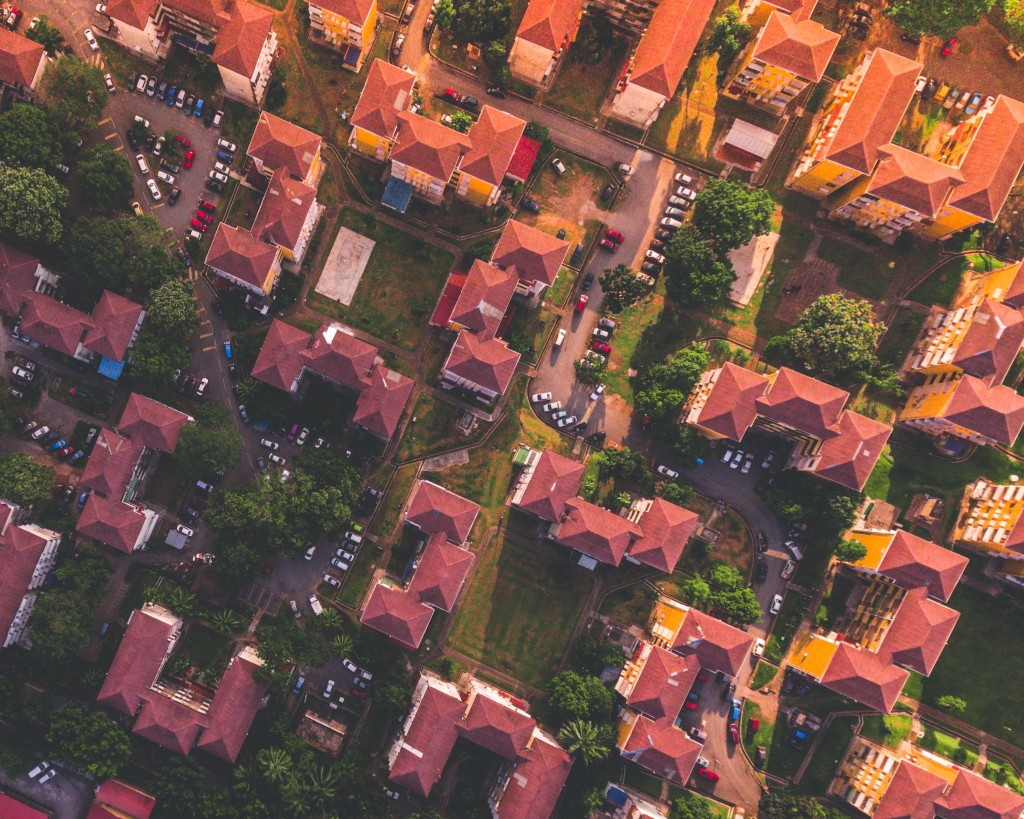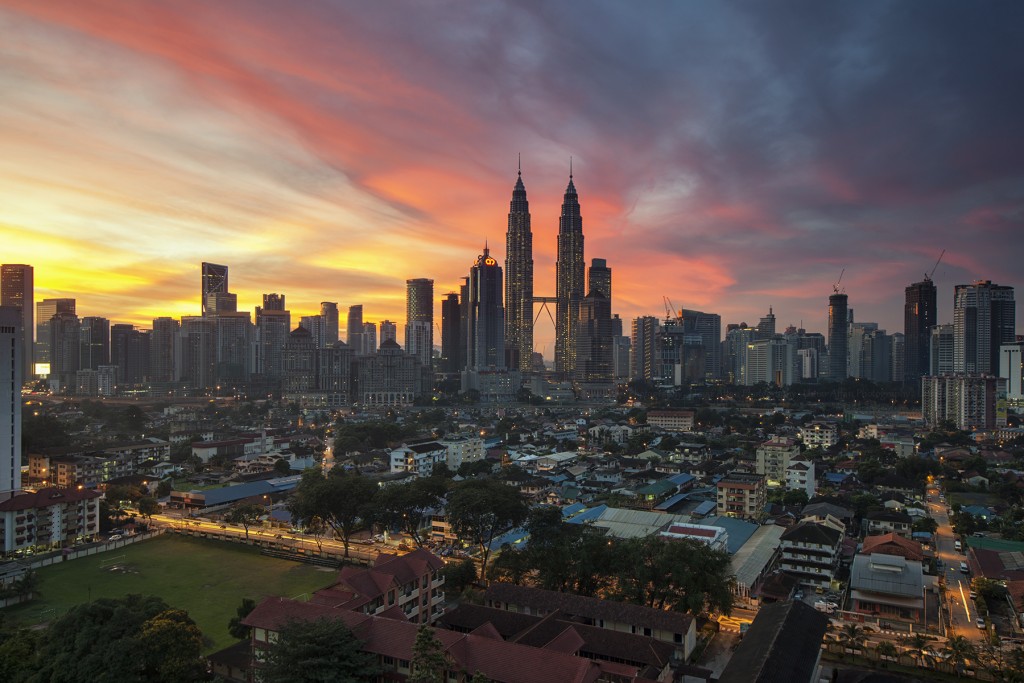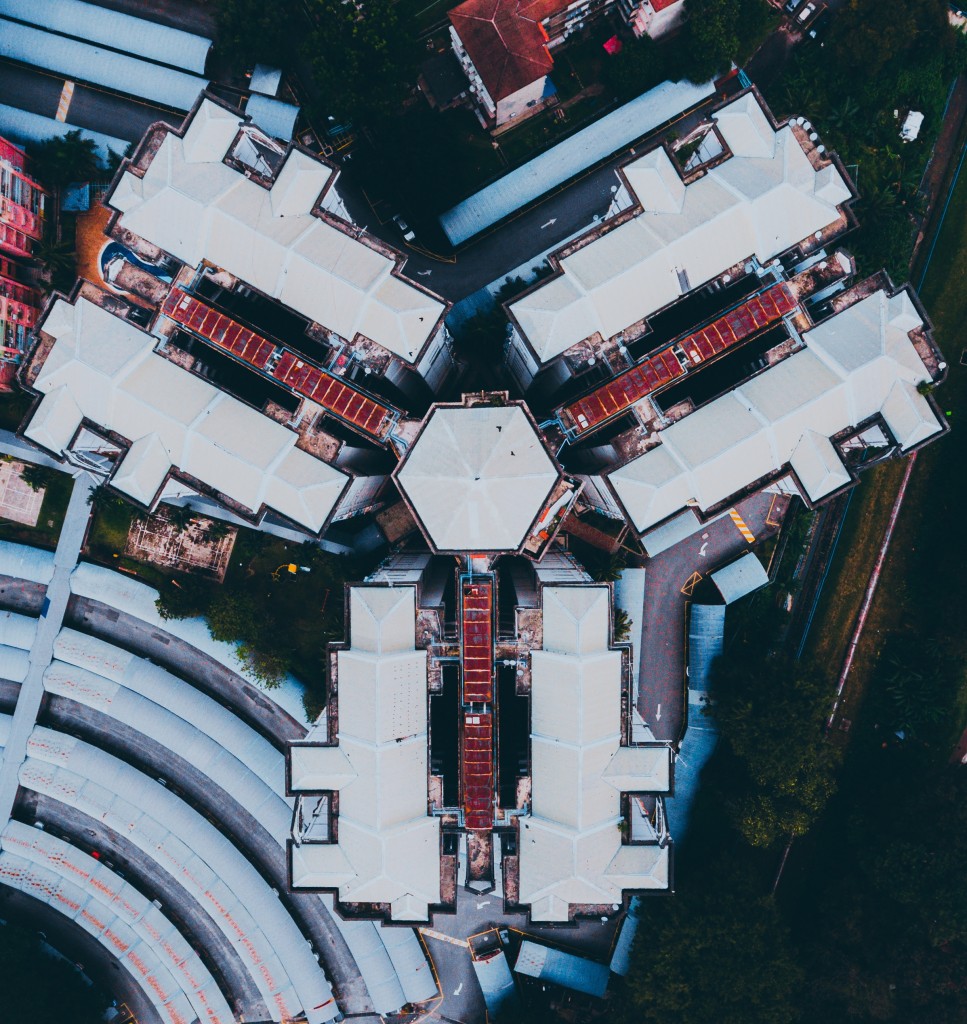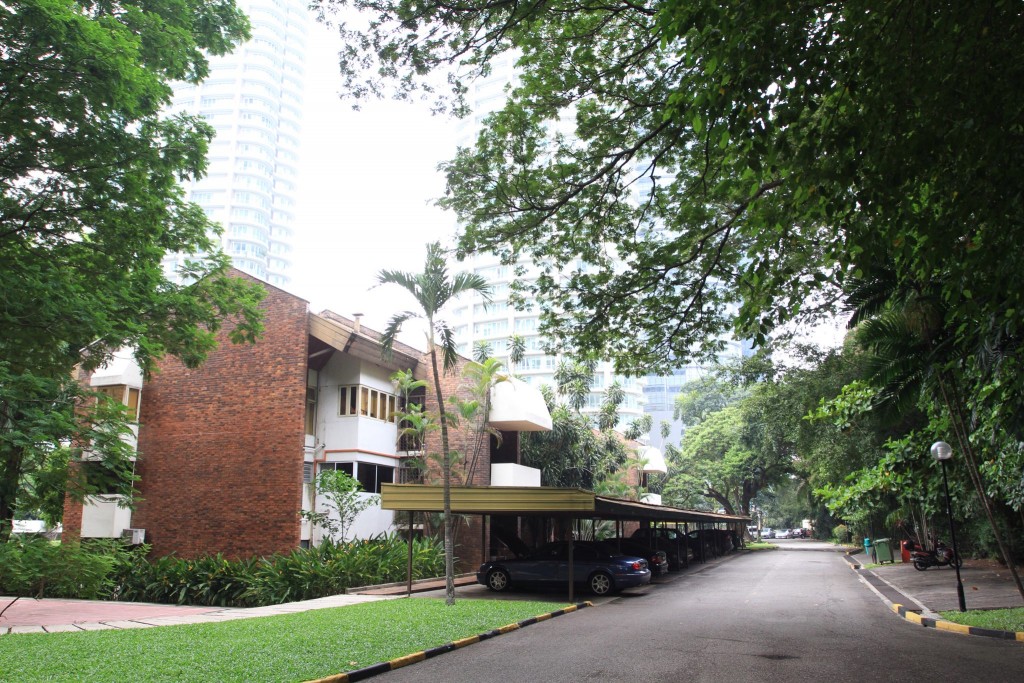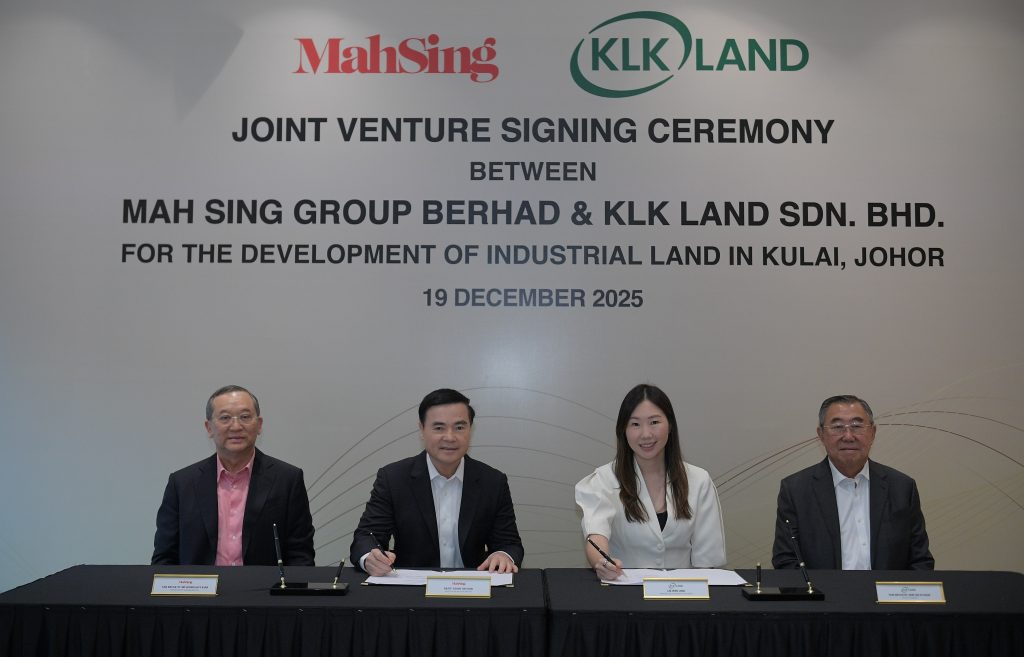Contributed by Datuk Paul Khong of Savills Malaysia
Savills' Paul Khong offers insight into the differences between property titles in terms of the expected rates of appreciation and price trends.
Owning property has always been a status symbol. Many of us have been educated from an early age to aspire to own a house and keep the family property for future generations. Freehold titles are thus a major consideration in any home purchase.
Out of 120 respondents, a recent poll revealed that 78 percent of aspiring homebuyers would prefer buying freehold property.
However, younger homebuyers are now more open to accepting strata and leasehold properties, especially in the Klang Valley and in the larger states of Johor and Penang.
The younger generations are looking at strata properties for their maiden entry into the property market due to their limited budgets. This acceptance stems from the fact that they are coming in at entry levels and this first purchase is not going to last forever. At some point in time, they are going to upgrade into something much bigger and better.
Ultimately, everyone would like to own a landed freehold property in the city limits as they progress in life and are successful in their careers. Therefore, in the interim period, the strata and leasehold factors are both not major concerns.
Land is becoming rather pricey in city centres and developers have moved on to build more strata developments to provide housing options at more affordable prices.
The new landed options are getting scarce and are becoming less of a realistic alternative for first-time buyers with a tight budget. There will be a major trade-off between both “location” and “distance” factors in deciding between landed and strata purchase.
Landed projects will be sited further away from the city now whilst strata developments will be the better alternative for those who prefer to live in the city.
Community living is getting more acceptable in the Klang Valley and condo living is now a way of life. It is very popular amongst working professionals and young families who enjoy living within city limits and this segment will continue to dominate the local residential market for years to come.
In 2018, the non-landed/strata segment stood at 42% of total residential supply (previously 39.5% in 2017) and had finally overtaken the landed segment at 40.4% (previously 41.9% in 2017) with 17.6% being low-cost residential units.
The largest residential components are still condominiums and apartments, followed by 2 and 3-storey terrace houses, with both making up 53% of all residential properties.
It is interesting to look at the trends within the city now:-
-
The working-class professionals and/or the upper-mid category, generally start with a condominium, before moving to a landed home when they get married or upgrading to a bigger house when their children start to grow up – and they tend to look at moving to a luxury condominium like Pavillion DH as their retirement home. This is likely because full amenities are provided, security is paramount, retail and F&B establishments are just downstairs, and an MRT station is just a stone’s throw away.
-
Middle-income earners start with a leasehold condominium unit with good public transportation available (eg. LRT), then they upgrade to a terrace or landed house and eventually retire in the same property after paying up the loan for the place. This then becomes their family home and the property can be passed on for generations.
The purchaser must always be conscious that one day they may need to sell the unit, irrespective of it being a landed or strata property. Therefore, they must carefully consider the pertinent commercial factors of the property such as location, product, and branding among other things that the next purchaser would likely consider in buying their property.
In simple terms, buy a property with a view that it must be easily re-saleable at a good price when you exit.
Based on a quick analysis (though not conclusive), benchmarking the performance of a 2-storey terrace house and a condominium in a few sample areas such as TTDI, Damansara Heights, Petaling Jaya, Bangsar and Puchong, we note that in 2010, if a buyer bought a 2-storey house in one of these locations, the buyer would have easily doubled (>100% increment) his money here with Puchong showing the highest increment at about 150% over this 9-year horizon (2010-2018).
However, only within Bangsar, it can be seen that there was only a low 50% to 70% growth in terrace house prices in this period due to higher capital values recorded in 2010. If they bought a condo back then, they would have only crystalised a 70% to 80% jump in value over this same period. However, Petaling Jaya and Bangsar showed brighter prospects in terms of returns for condominiums with capital values doubling in the same period.
Graveyard views, neighbouring oxidation ponds, T-junctions, poor neighbourhood factors should be generally avoided but plus points such as nearby MRT Stations (not the MRT lines), being situated near or on top of a mall, having consistent property maintenance, and decent facilities should be given strong emphasis in a purchase – irrespective as to whether it is landed or otherwise.
Under the current legislation, we need a 100% consensus from strata owners to agree in order to jointly sell their condominium for redevelopment purposes. This is a tall order.
But these sorts of developments become very valuable when they are located in good neighbourhoods and where their land values continue to escalate due to demand. Within a couple of decades, the land values are so much higher than the market value of the entire development on the site. A good example would be the Desa KudaLari condominiums, where the land it is situated on is sizeable and is valued above RM3,000 per square foot.
For landed property, a landlord owns the land grant and has a right to do with the land as he pleases. He can demolish and redevelop his house, and with the latest DBKL guidelines Garis Panduan Ubahsuai Kediaman Jenis Teres, he can redevelop his single storey house to a 2–storey or his old 2 storey structure to a new 3-storey one. This new guideline issued in 2017 basically enables a property owner to increase his new house built-up size by another 100%. This is something interesting and is only applicable in KL for now.
So, secondary landed properties in mid and high-end locations are much sought after for redevelopment purposes due to the fact that it makes commercial sense to rebuild in these good locations.
In terms of statistics, the total residential supply in Greater KL has surpassed the 2 million-unit mark in 2017. The 11-year compound annual growth rate (CAGR) for 2008 to 2018 shows an overall 3% growth in the residential sector, led by non-landed properties at 5.4%, landed at 2.2% and low-cost developments at 0.5%.
According to the latest NAPIC’s statistics, the overhang in residential units (inclusive of service apartments and SOHOs) has increased by 42.2% year-on-year to 45,027 units, amounting to RM29.70 billion unsold properties as at 4Q 2018 (a significant increase from RM20.42 billion in 2017).
Johor is in pole position, contributing about a third (32%, 14,273 units) of the national overhang numbers, followed closely by Greater KL at a quarter (25% 11,271 units). The majority of these unsold and completed inventories fall under the non-landed or strata category at about 62%, amounting to 28,037 units.
In Greater KL, the non-landed and unsold residential stock totals to about 78%, followed by landed properties a distance away at 21.9% and low-cost developments at 0.3%. About 67% of the unsold stock is priced at above RM500,000 per unit.
Datuk Paul Khong is the managing director of Savills (Malaysia) Sdn Bhd. Savills is a global real estate services provider listed in the London Stock Exchange with more than 600 offices and associates in over 60 countries.
Read more about the differences in prices for freehold and leasehold properties as determined by homebuyer perception here.

